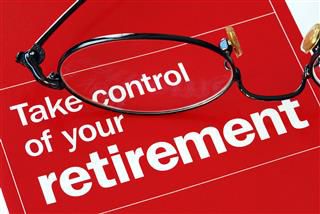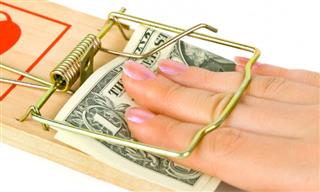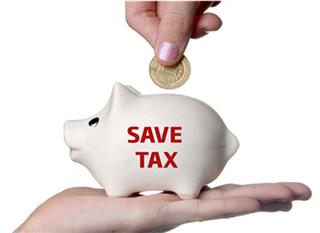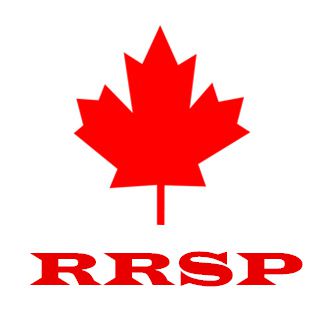
RRSP is a good tool to save tax. But if you don’t use it well, you may get into RRSP tax traps. Below are RRSP tax tips to help you avoid the tax traps and take good use of your RRSP.
1. Know your marginal tax rate.
It is all about tax rates. If you don’t pay tax, RRSP cannot bring you tax funds. The higher your income is, the higher your marginal tax rate is, and more tax you can save by contributing to RRSP. Check the marginal tax rate table here.
Your RRSP tax saving rate is equal to your marginal tax rate. Therefore, when your income is high, you should contribute to your RRSP; the higher income spouse should contribute to RRSP or spousal RRSP. Use our RRSP tax saving calculator to see how much you can save by contributing to RRSP.
2. Know your retirement income
We already know RRSP withdrawal are taxable income. It affects not only your tax, but also other benefits. Depends on your personal situation, your RRSP withdrawal strategy will be different to others.
For Low-income seniors
If you think your retirement taxable income will be below the maximum amount ($17,088 in 2014) of Guaranteed Income Supplement (GIS), then you should get all your RRSP money out and deposit it into TFSA if possible, preferably before you turn 65 and become eligible to collect GIS. This is because every $100 you withdraw from your RRSP, you will lose $50 from your GIS – equivalent to a 50% tax rate.
For mid-income and high-income seniors
By claiming your basic personal credit, age credit and the pension income credits, you probably should not pay tax for the first $20,000 income. On top of the first $20,000 and below $40,120, the tax rate is %20.05 (2014 tax rate for Ontario residents), and increases as income increases. If your income is more than $71,592, your OAS will be clawed back. Each dollar of income over that amount results in a clawback of 15% from OAS benefits, so it’s equivalent to adding 15% to your overall tax rate.
By knowing the marginal tax rate and projecting your retirement income, you can get a rough sense of the potential tax consequence by withdrawing from your RRSP or RRIF. From that you can assess potential tax spikes and the optimal balanced RRSP withdrawal.
3. Name your RRSP beneficiaries
Holding an RRSP upon death can result in a large tax bill. It’s like taking all your RRSPs out at once and taking the big tax hit in one shot. However, by naming your RRSP benficiaries, you can have your RRSP tax-free rollover to your certain RRSP beneficiaries, including your spouse or common-law partner and financially dependent child or grandchild.





